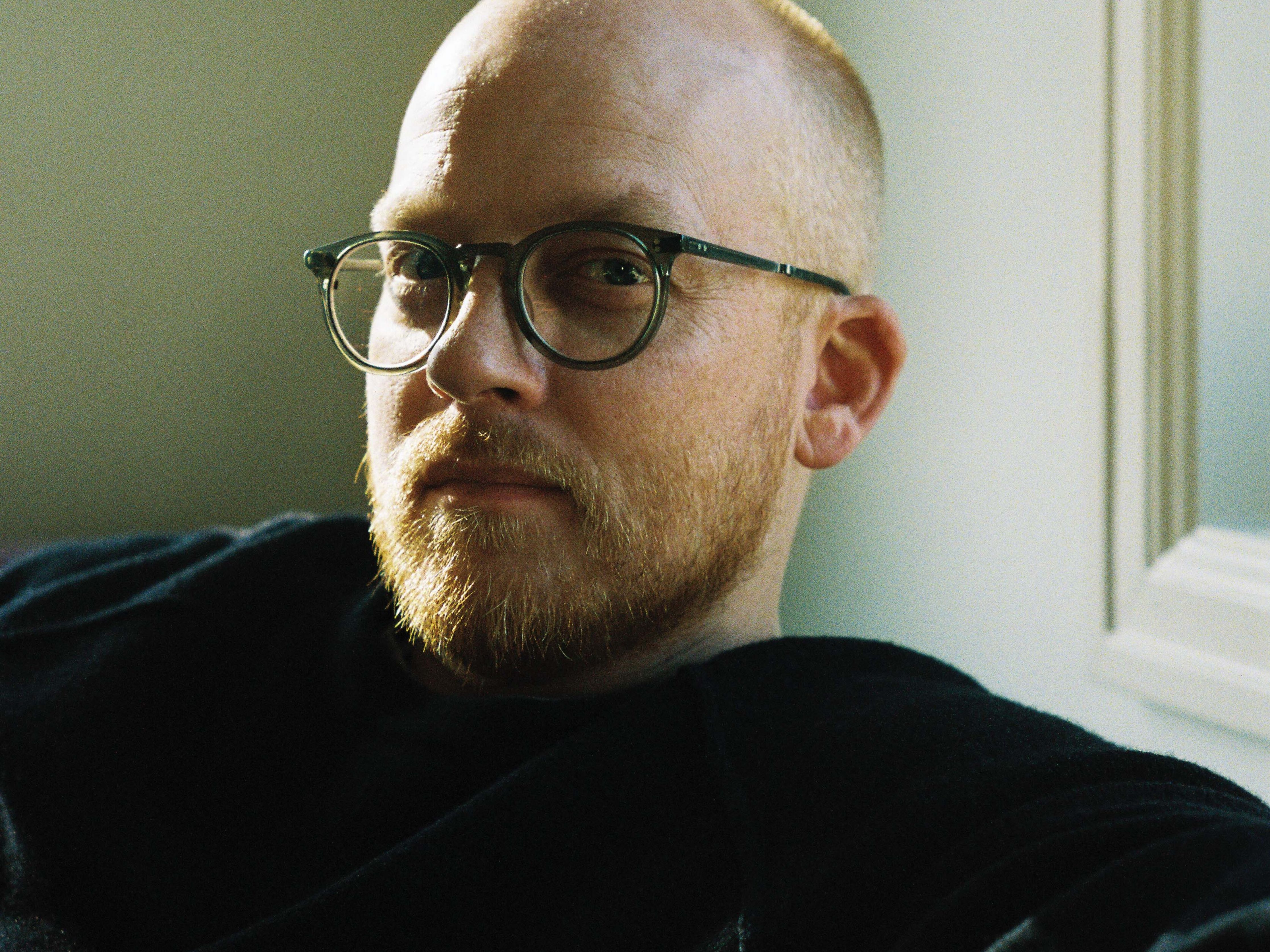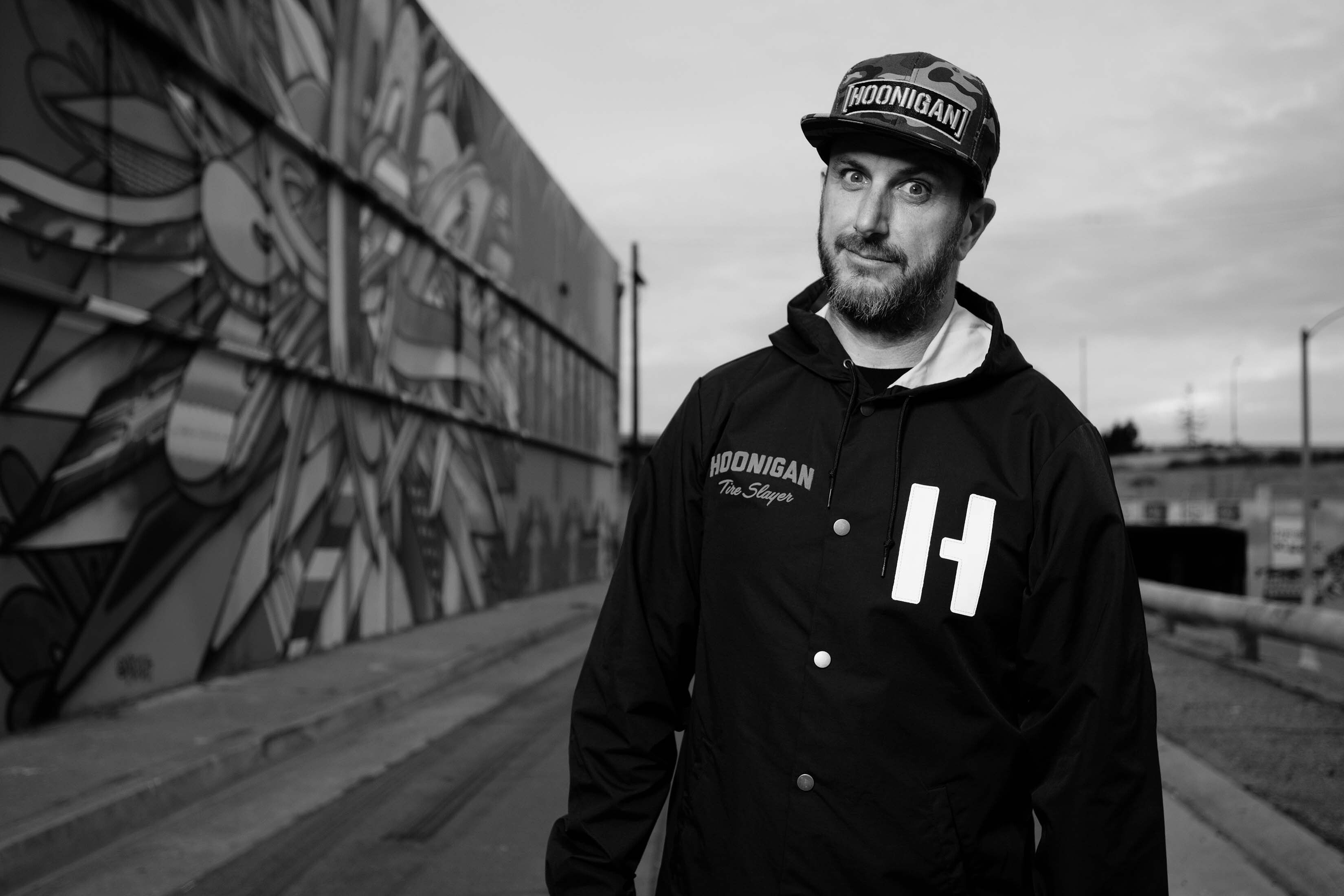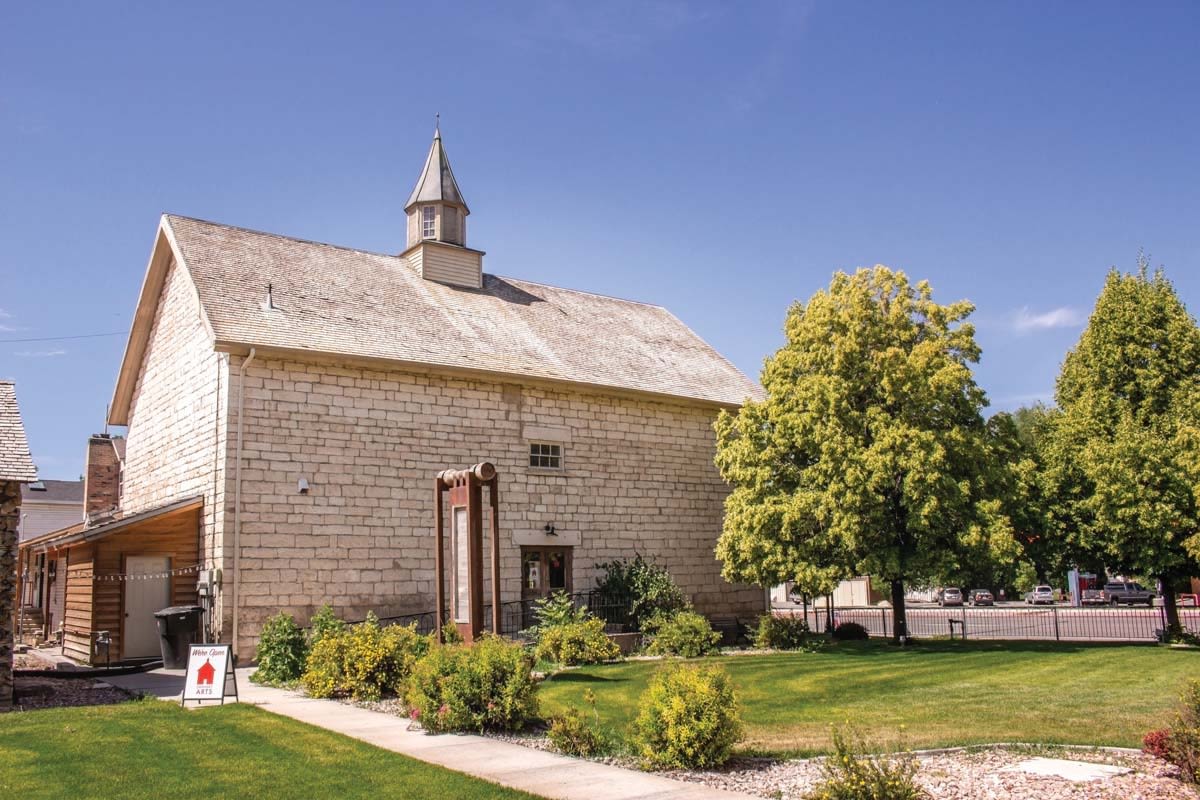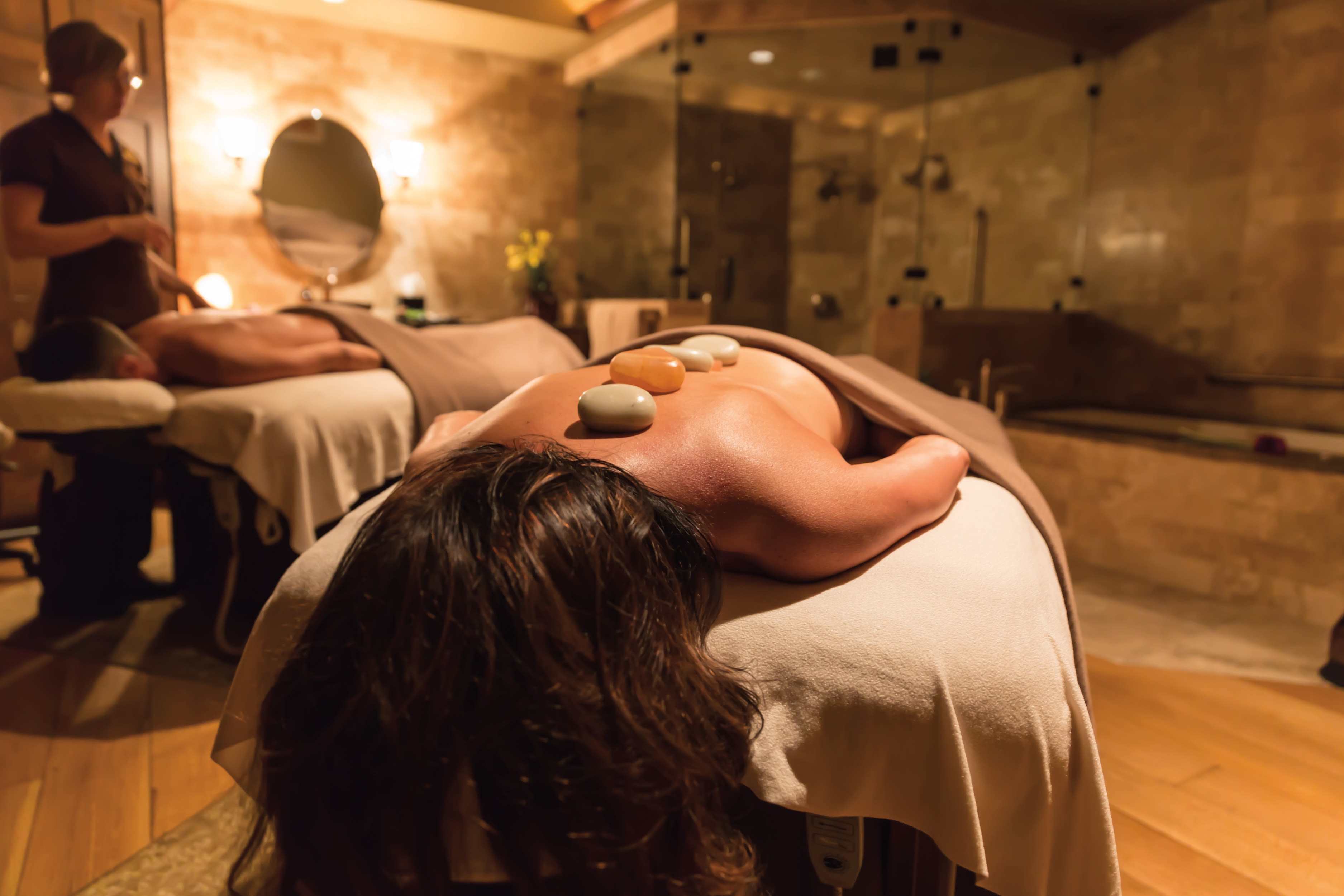Molding the Next Generation
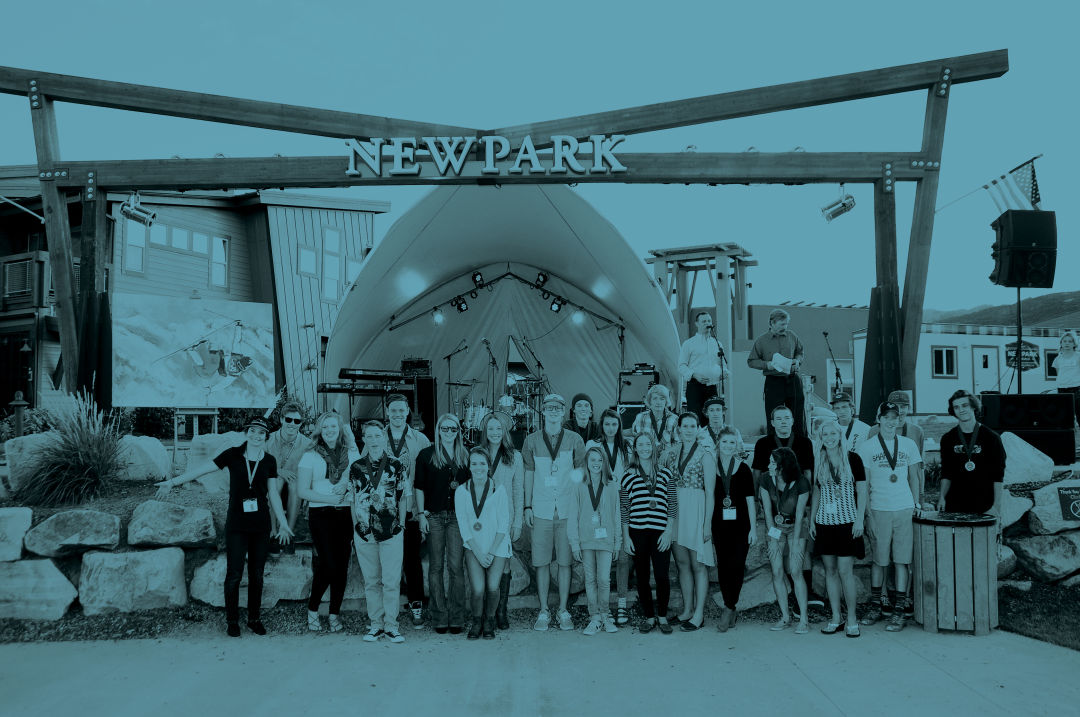
Young athletes, including Joss Christensen (second from left), are honored at the Youth Sports Alliance Circle of Excellence Awards.
Some February day, in 2030 or perhaps 2034, a Park City athlete will focus on the run ahead that could bring Olympic glory. Right now, that dreamer is probably between 8 and 14 years old. Local athletes have good reason to believe if they work hard enough, anything is possible. Think of ski racer Ted Ligety, snowboarder Sage Kotsenburg, slopestyle skier Joss Christensen, the late bobsledder Steve Holcomb, and Nordic ski jumpers Lindsey Van and Sarah Hendrickson, all Olympic or World Championship gold medalists and all born, raised, and trained in Park City. They—and many more elite winter athletes—are the legacy of the 2002 Olympics.
And with that legacy comes training venues (even beyond the aforementioned 2002 venue-turned-jam-packed-athlete-hub, Utah Olympic Park).
The 85,000-square-foot Center of Excellence (usskiandsnowboard.org) has a sophisticated gym filled with all manner of snow sport–focused equipment, including foam pits to land jumps, skateboard ramps, and even a kitchen to teach athletes healthy eating habits. There, coaches help athletes design training programs best for their sport.
One of the most significant new developments is the Woodward Center (woodwardparkcity.com), opening this winter just east of Summit Park. This for-profit venture has a 66,000-square-foot indoor training center for winter and summer sports. Outside, freestyle jumps, a snowboard half pipe, tubing hill, and big-air jumps take budding athletes to the snow. For newbies, zone coaches at every station teach the basic skills needed. “We’re for everyone,” Woodward’s Tucker Norred says. “We’re for never-evers to Olympic-level athletes. We connect the dots.”
As young athletes move from the fun level to serious competitions, they need educational institutions flexible enough to allow seasonal travel to events. Here again, Park City is rich in supportive private and state charter schools.
The Winter Sports School (wintersportsschool.org) runs its academic calendar opposite the norm, holding classes spring, summer, and fall—leaving winter open for the competition season. The Picabo Street Academy (picabostreetacademy.com), named for another Olympic gold medalist who lives in Park City, offers a combination of in-person and online education, with students working around the needs of their sport. Silver Summit Academy (ssummit.org) uses a similar model and is run by the South Summit School District.
Utah Starts ’Em Young
“We’re focused on creating accessible programs that retain kids and give them a world-class experience,” says Luke Bodensteiner, chief of sport development for the Utah Olympic Legacy Foundation (utaholympiclegacy.org) and an Olympian. “We’re building the biggest head of steam of anybody, bringing in thousands of kids to try out our sports.”
Youth Sports Alliance (ysaparkcity.org), a program born in 2002 in an effort to prevent the shiny Olympic venues from going to waste, introduces roughly 1,500 elementary- and middle school–age children annually to outdoor sports experiences (from biathlon to cross-country skiing to Alpine to skeleton—and even mountain biking) via its Get Out and Play and ACTiV8 programs. The nonprofit also helps fund competitive teams (including Park City Ski & Snowboard, Figure Skating Club of Park City, Park City Ice Miners, Park City Speed Skating Club, Utah Olympic Park Skeleton & Bobsled, Wasatch Freestyle, and Wasatch Luge Club), reaching an additional 1,300 athletes, many of whom are gunning for the gold.
Even long before the 2002 Olympics, local sports programs recognized the need for nurturing youngsters’ interest in winter sports. For decades, Park City Ski and Snowboard (PCSS, parkcityss.org) has developed young sliders, starting with athletes as young as 6 years old. “Most are local kids,” says PCSS Director Christie Hind, “who just want to be on the snow and make friends through sport.” PCSS, which brought five different local teams together under one umbrella recently, has more than 800 kids in a variety of programs, training primarily at Park City Mountain and Utah Olympic Park.
According to Bodensteiner, “We’re well positioned to be the most represented state on the Olympic team. We’ve come a long way in youth sports development.”
The Olympics may be the dream. And, for some, it’s a reality. For most, these winter sport experiences are about more than molding elite athletes. “They’re learning character skills as well as how they can be the best athletes they can be,” says Hind. “We want to create some great human beings.”

